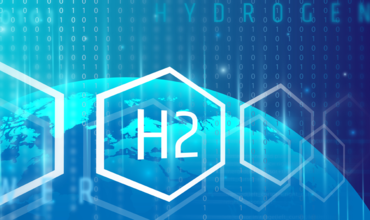Principals of Hydrogen Technology Ventures, a firm established in 2019 to invest across the clean hydrogen value chain, have launched Avina Clean Hydrogen Inc, a pure-play clean hydrogen platform, according to a press release.
The recently established outfit has an advanced portfolio of green ammonia and hydrogen plants that are expected to become operational in 2024.
Avina has recently concluded multiple strategic partnerships, customer off-takes and investment agreements with leading industry players and is well capitalized to advance development of 250 MW of green ammonia and hydrogen plants in multiple locations within the United States.
The platform plans to invest $1 billion in green ammonia and hydrogen plants by 2025 and has a pipeline of an additional 1.5 GW of renewable energy assets that can be converted into green hydrogen projects under various stages of development.
The platform is developing proprietary, modularized solutions to deploy low-cost distributed green hydrogen at scale and is well equipped with industry experts that have decades of experience in green hydrogen, industrial gas and renewable energy sectors, according to the release.
“Today, even though gray hydrogen production costs in the United States are about $1.50/kg, delivered gray hydrogen costs to the end customer in many instances are still a multiple of production costs and this problem is likely to become much larger as new applications for hydrogen get developed in locations where supply is not easily accessible,” said Vishal Shah, Avina’s Founder and CEO.
“Moreover, intermittency of renewable power and increasing transmission and distribution costs will continue to remain a challenge for the hydrogen industry even as electrolyzer costs continue to decline. Our platform is uniquely positioned to offer proprietary system level solutions to multiple stakeholders – renewable developers that are dealing with the grid congestion problem, hydrogen customers that are dealing with unsustainable distribution costs as well as customers that want to bring production costs down by solving the renewable power intermittency problem.”








